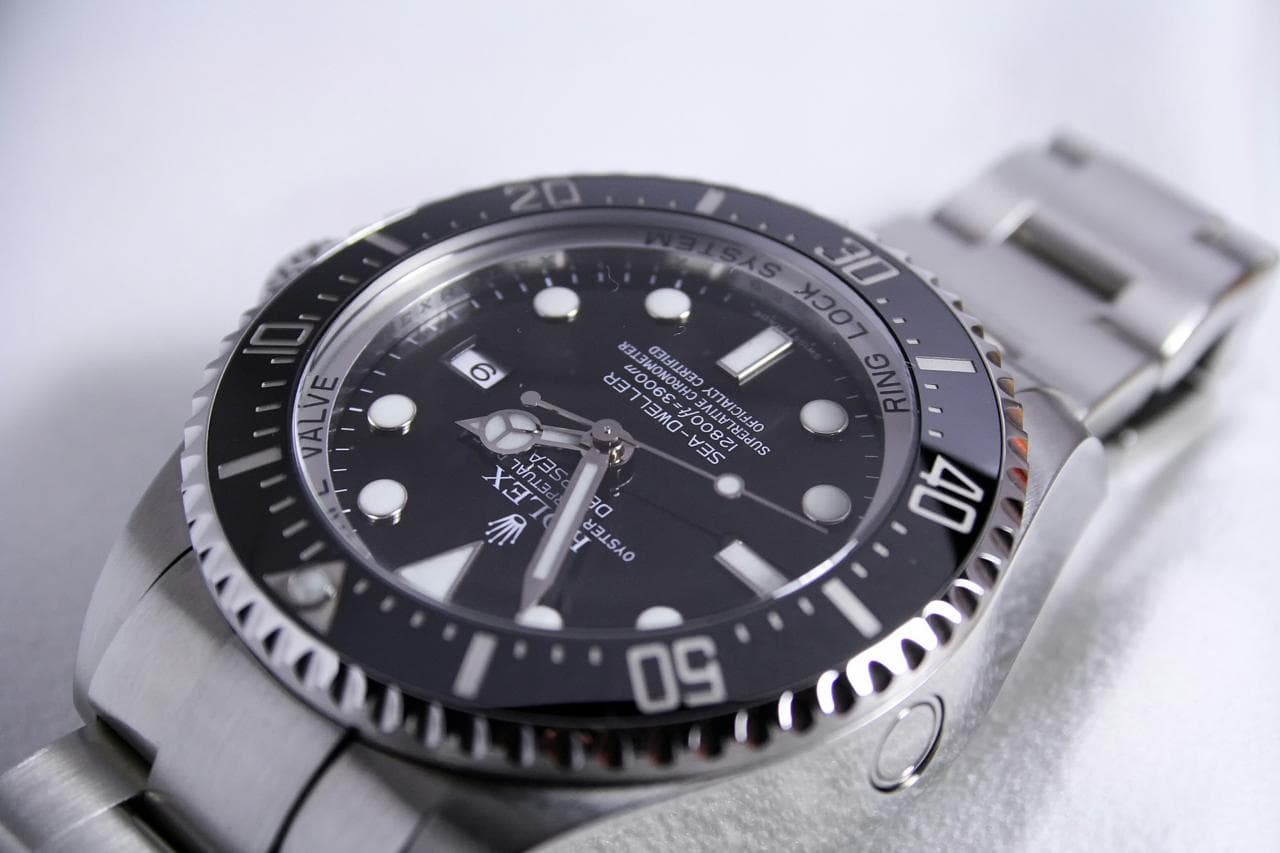
Swiss Watch Industry: Recession Signals and Tariff Turbulence
For years, Swiss watches have appeared resilient to economic turbulence. Heritage, craftsmanship, and prestige kept them strong even when other luxury sectors struggled. However, the latest export data suggests a softer phase ahead.
Swiss Watch Exports: Regional Trends
In 2024, exports dropped about 3%. It is not a collapse, but significant after a decade of steady growth. The decline varies: some markets stay stable, while others have sharply shrunk.
| Region | 2023 → 2024 Change | Key Highlights |
|---|---|---|
| North & South America | +5.4% | Strong performance, driven by U.S. demand; accounted for ~20% of total exports. |
| United States | +5% | Retained top spot by value (CHF 4.37 billion; 16.8% share), buoyed by stable consumer interest. |
| Asia (overall) | –7.6% | Hit hardest, especially in China and Hong Kong, which shed significant export value. |
| China (mainland) | –25.8% | One of the steepest drops, surpassing even pandemic-era lows. |
| Hong Kong | –18.7% | Suffered from low demand; lost its position as the third-largest export market. |
| Japan | +7.8% | Surged thanks to tourist-driven purchases; rose to become third-largest market. |
| South Korea | +8.7% | Saw notable growth, benefiting from rebound base effects. |
| Europe (overall) | –0.1% | Relatively stable, with small variations among key countries (e.g., France +2.5%, Germany –3.8%). |
| United Kingdom | –1.6% | Slight dip, mirroring broader European softness. |
- Asia’s Decline: China’s exports fell almost 26%, and Hong Kong’s nearly 19%, undermining gains elsewhere and revealing the fragility of growth based on volume.
- U.S. Resilience: Up 5%, the U.S. remains a key market, helping to cushion the global slowdown. However, the market’s position is uncertain following the recent tariff shock.
- Japan & South Korea: Both posted strong gains, fueled by tourism and rebound effects.
- Europe: Mostly stable, with France rising slightly and others holding steady.
The 39% Tariff Shock
This regional divergence highlights a strategic need: to balance established markets like the U.S. and Japan with new approaches in Asia. That urgency has increased due to a steep new import duty.
On August 7, 2025, the U.S. implemented a 39% tariff on Swiss goods, including watches, after last-minute negotiations with Swiss officials failed. The duty is applied universally, regardless of production year, and marks a significant increase from the previous 31% proposal.
The impact will vary:
- Major maisons might cover some of the costs, but mid-tier prices could increase by 12–22% or more.
- Smaller independents might encounter steeper price increases or a diminished U.S. presence.
- Retailers and consumers will experience pressure, while the pre-owned market is likely to benefit.
- Economists warn that the tariff could cut up to 0.6% from Swiss GDP, impacting industries beyond watches.
Adapting to a New Reality
This is more than a temporary setback. It’s a fundamental shift. In the short term, brands might tighten their collections, launch fewer SKUs, and oversee production more carefully. In the long run, success will depend on sustainable pricing, digital engagement, and expanding geographically.
For collectors, downturns can create rare opportunities to acquire highly desired pieces. And if history is any indication, the Swiss watch industry will adapt as it has through wars, quartz crises, and changing tastes. Only this time, the speed and accuracy of that adaptation will be crucial.

References:
- https://www.youtube.com/watch?v=tcYwgVE9wRA&ab_channel=BrittPearce
- https://www.youtube.com/watch?v=sB21bPV7sBo&ab_channel=BrittPearce
- https://www.timeandwatches.com/2025/03/swiss-watch-export-in-2024-year-of.html
- https://www.fhs.swiss/pdf/communique_240112_a.pdf
- https://menews247.com/swiss-watch-exports-drop-2-8-in-2024-on-china-slump
- https://blog.watchanalytics.io/p/the-2024-market-performance-trends
